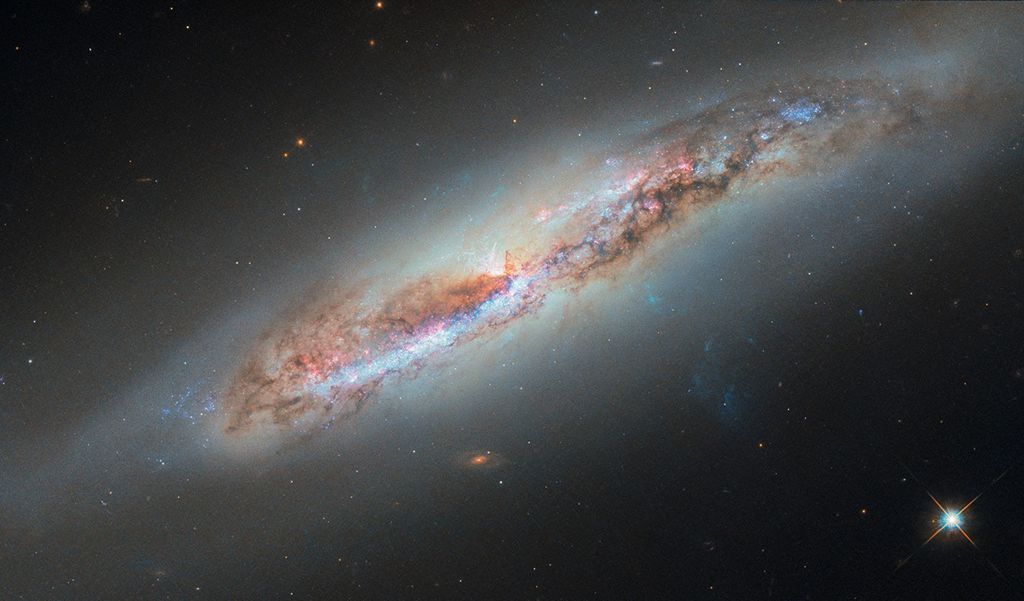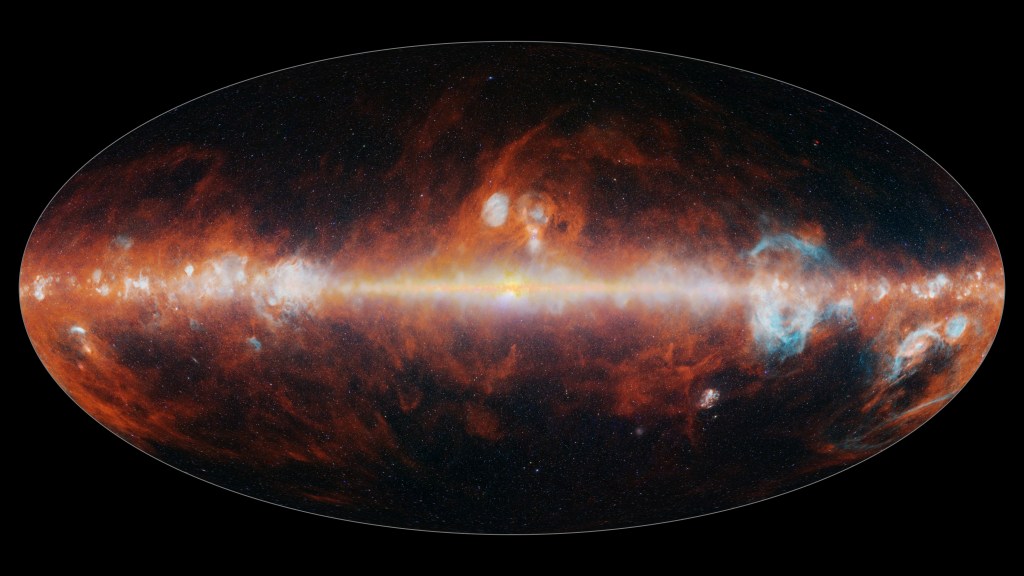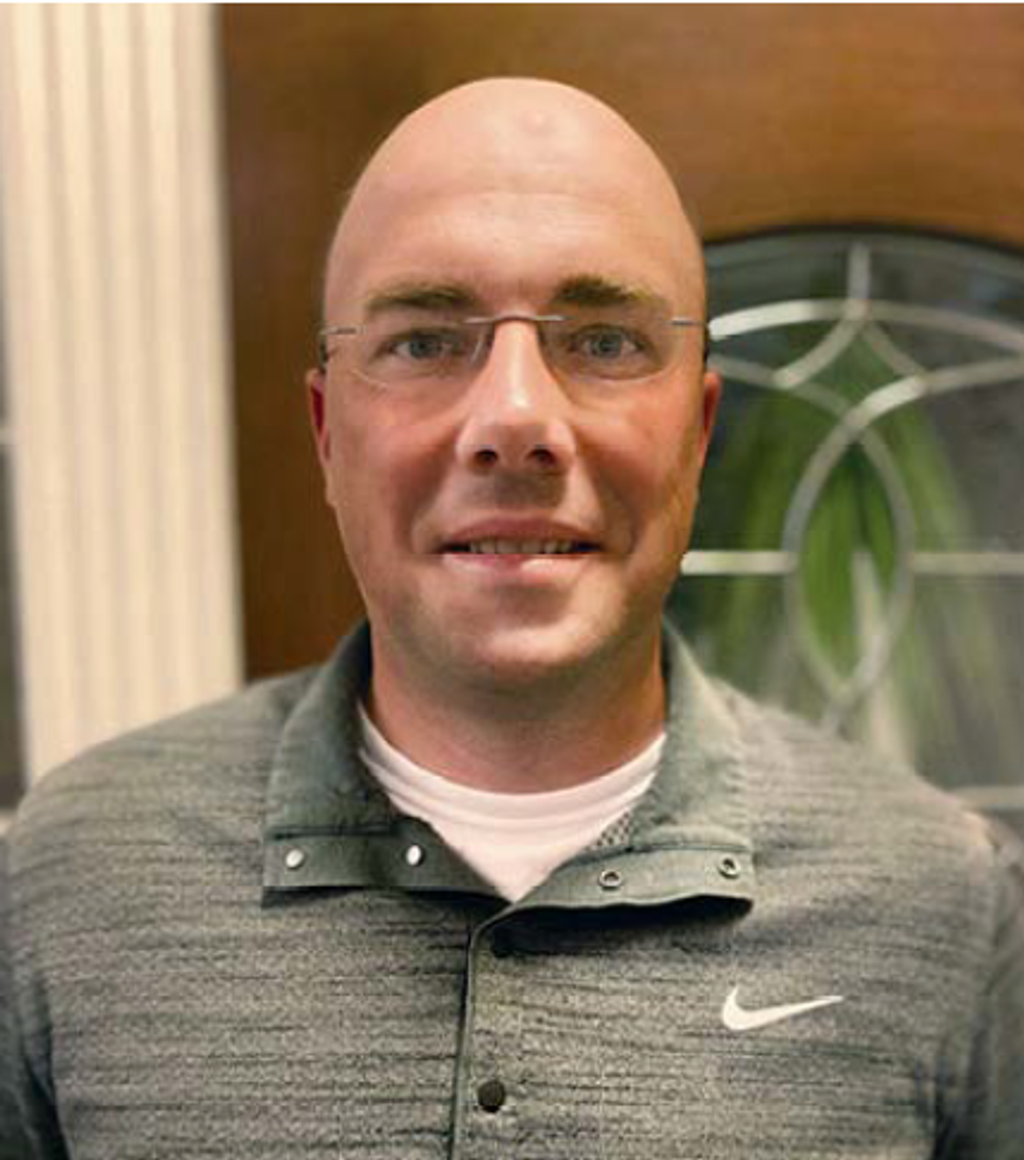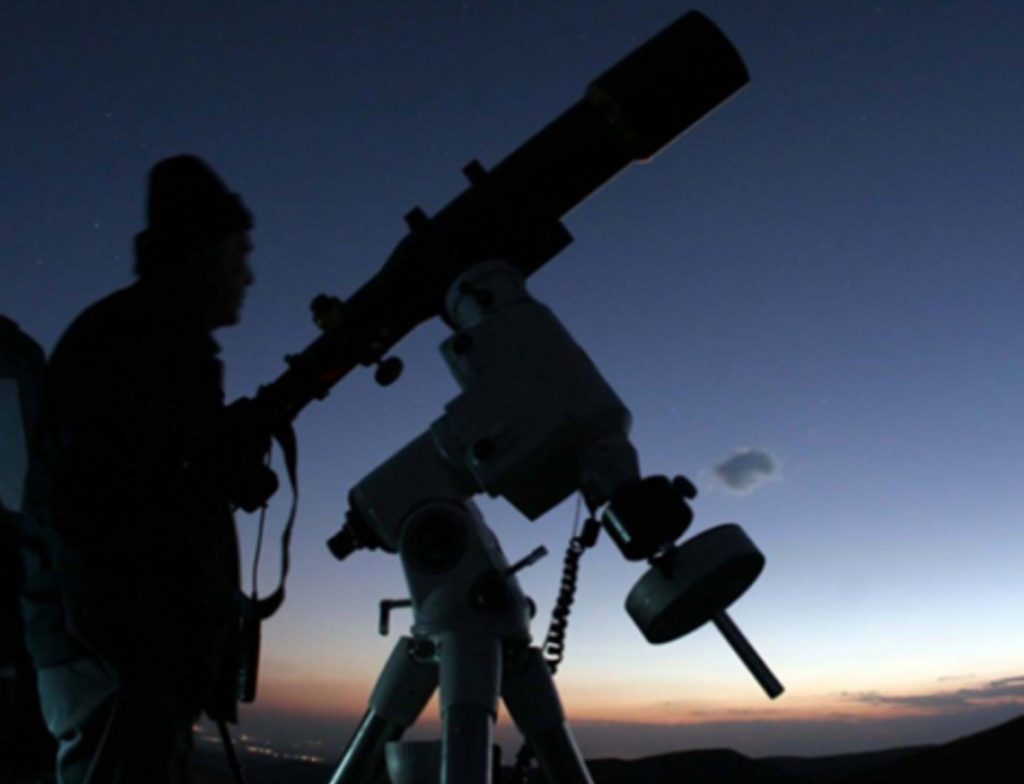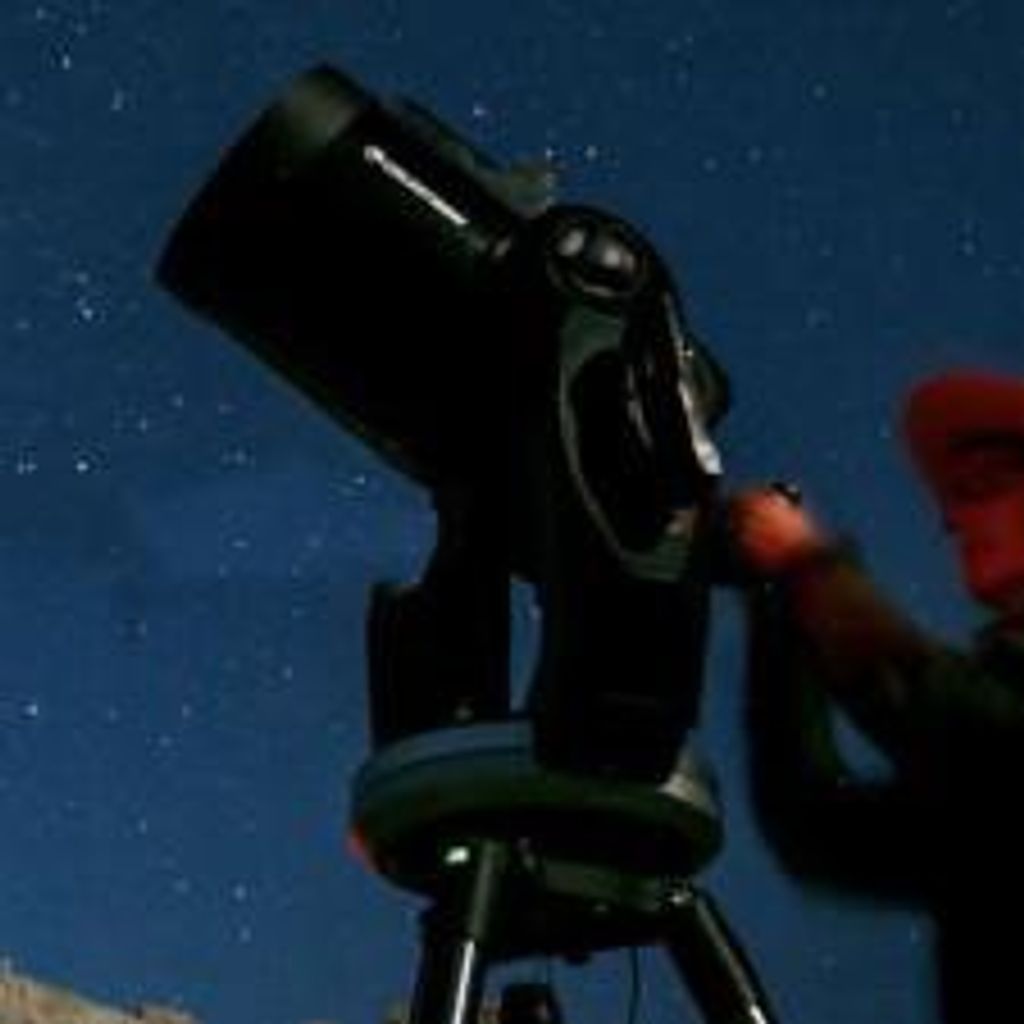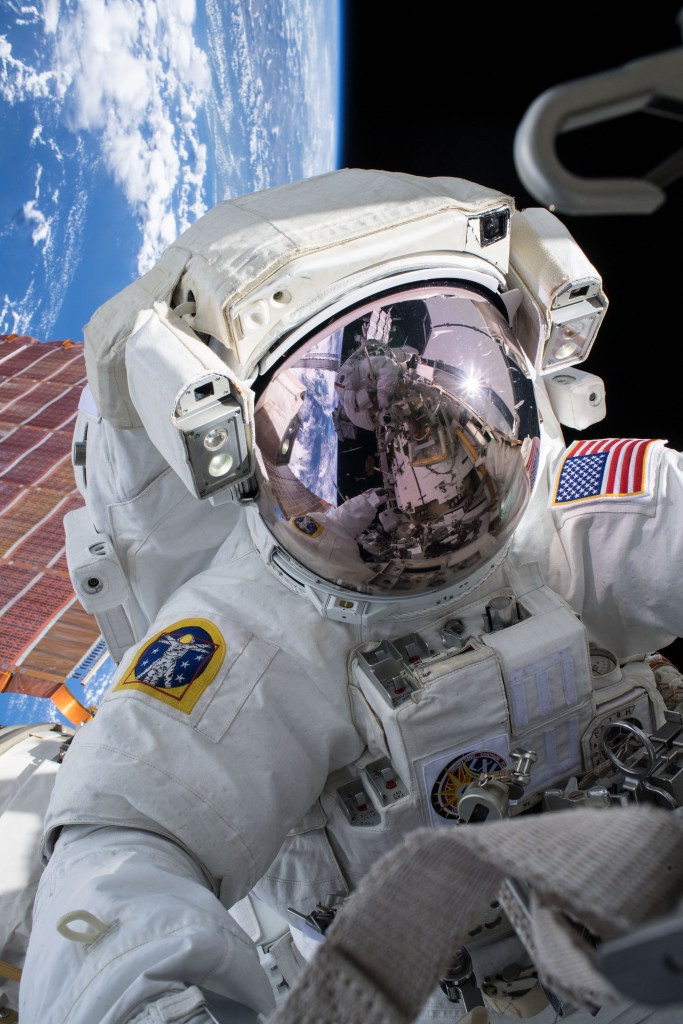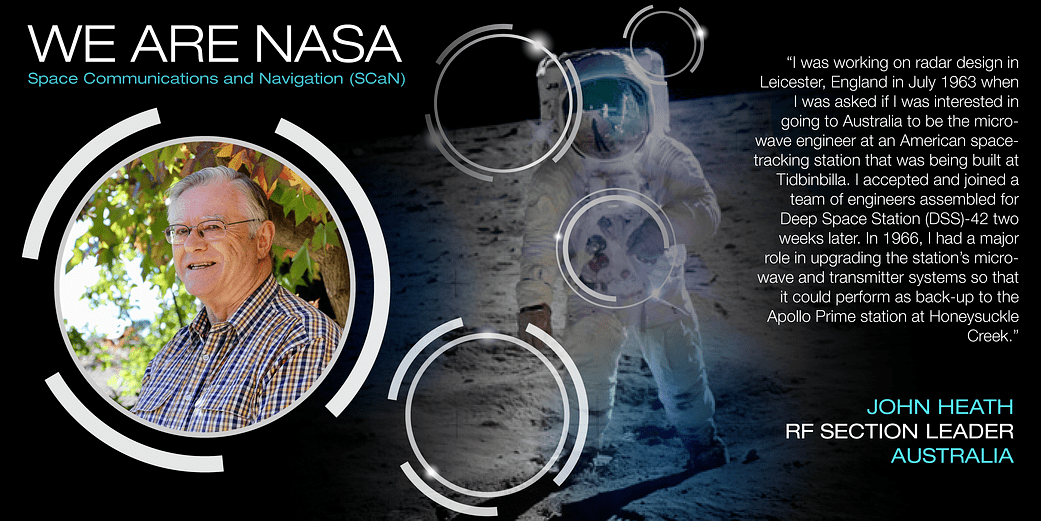Tell us more about your role during the Apollo mission.
I was working on radar design in Leicester, England in July 1963 when I was asked if I was interested in going to Australia to be the microwave engineer at an American space tracking station that was being built at Tidbinbilla. I accepted and joined a team of engineers assembled for Deep Space Station (DSS)-42 two weeks later. In 1966, I had a major role in upgrading the station’s microwave and transmitter systems so that it could perform as back-up to the Apollo Prime station at Honeysuckle Creek.
What was your favorite moment from the Apollo program?
I think the highlight for me has to be the entire Apollo 8 Mission. So many things just had to work for the astronauts to return safely to Earth – had they not worked they could easily have become travelers in space for the rest of eternity!
How did your work with NASA impact your career?
I spent ten years involved with lunar and interplanetary missions. These were shared between Tidbinbilla (six years) and Island Lagoon (four years). (I did not want to go to Island Lagoon as it meant missing out on the other Apollo missions and involvement in the new 210 foot antenna DSS-43) but my company needed me!). I had the sad duty to close Island Lagoon after our final track of Pioneer 10 on Dec. 22, 1972 with the final closure May 4, 1973 which brought an end of my space tracking career. I had always been interested in ‘space’ and what might be ‘out there’. After Island Lagoon though, instead of looking up to the Moon, the planets and beyond I looked down into the ocean depths for mines and submarines as I went to work for the Australian Department of Defense.
How did the Apollo program set the precedence for future human exploration?
Although there is no question that Apollo was indeed a giant leap for mankind, it was in reality, as I wrote recently –
“The Apollo program is considered by many, and I am one of them, to have been man’s greatest technological achievement in his long history. It was a defining example of his insatiable quest to understand his role in the universe. Although it was as Armstrong said as he stepped onto the Moon – ‘That’s one small step for man;
one giant leap for mankind’. It was but the first of many ever more far-reaching steps he will need to take to satisfy his curiosity as to what is out there in the vastness of space, where it all came from and why it is there?”
Learn more about how we are going forward to the Moon and Mars with the Artemis program.

